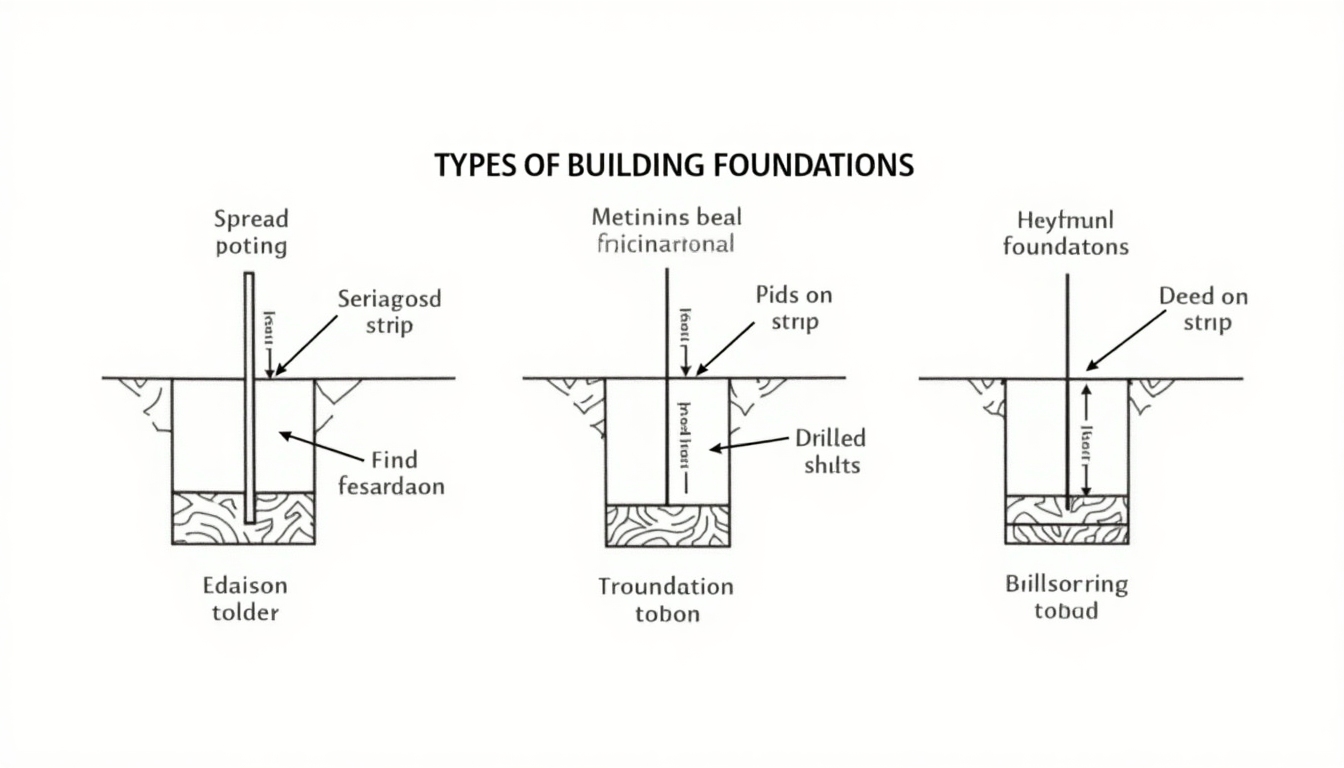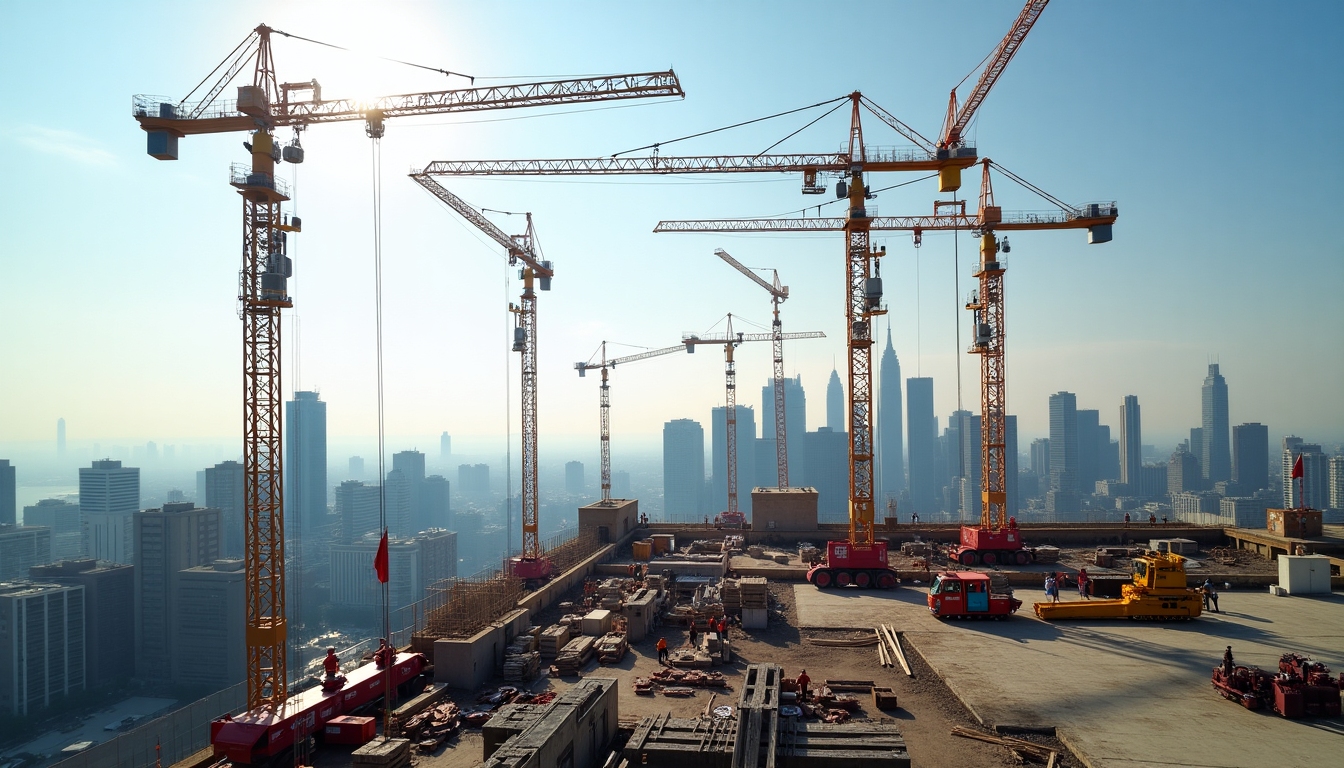Mechanics of Structures and Their Applications
Mechanics of Structures: An Overview
The mechanics of structures ensures that buildings and bridges remain safe and functional. By understanding forces and material behavior, engineers design structures that withstand various stresses.
Understanding Mechanics of Structures
Mechanics of structures is a core branch of civil engineering. It encompasses the study of how structures respond to loads and forces, how materials perform under stress, and includes the practical application of this knowledge in building and construction. Whether it’s a towering skyscraper, a lengthy bridge, or a modest house, the principles of mechanics guide every aspect of design.

Soil Mechanics: The Foundation of Stability
Soil mechanics is crucial for understanding the interaction between structures and the ground they stand on. It involves analyzing soil properties to predict how soil will behave under stress. This knowledge is pivotal in foundation design, ensuring that buildings remain stable and safe.
- Soil Testing: Before construction, soil tests determine characteristics like soil type and moisture content.
- Load Bearing Capacity: Engineers calculate how much weight the soil can support, influencing foundation choice.
Table: Soil Types and Their Properties
| Soil Type | Characteristics | Load Capacity |
|---|---|---|
| Clay | High plasticity | Low |
| Sand | Excellent drainage | Moderate |
| Gravel | High strength | High |
| Silty | Poor drainage | Low to Moderate |
By considering these properties, engineers devise strategies to ensure stability and longevity of structures.

Foundation Design: Building on Solid Ground
Foundation design is where mechanics of structures and soil mechanics intersect. The foundation is the lowest part of the building structure, responsible for transferring building loads to the ground. There are several types, including:
- Shallow Foundations: Used for smaller buildings where the load is distributed near the surface.
- Deep Foundations: Employed for larger structures requiring deeper support, like skyscrapers.
Effective foundation design considers factors such as load type, soil conditions, and environmental impact, ensuring that the structure remains intact for the long term.

Real-world Applications of Structural Mechanics
The mechanics of structures extend beyond theoretical calculations; it has pragmatic applications in various fields. Here's how these principles are implemented across different sectors:
- Construction: Engineers apply principles to design buildings, ensuring they can withstand earthquakes, wind, and other forces.
- Bridges: Structural mechanics help in calculating tension and compression, ensuring that bridges remain stable and safe.
- Aircraft: Even in aviation, these principles are used to design aircraft that withstand stress during flight.
These applications showcase the versatility and importance of structural mechanics in ensuring safety and functionality across various industries.

Insights from Industry Experts
Having worked on numerous projects, I’ve learned that successful structure mechanics involve a balance between theory and practical application. For example, while working on a bridge project in a seismic zone, my team emphasized thorough soil analysis and innovative design to counteract potential earth movements. Experience taught us that constant adaptation and learning are key to overcoming challenges in structure mechanics.
- Insight 1: Always integrate new technologies and methods.
- Insight 2: Collaboration among engineers ensures comprehensive problem-solving.

Conclusion
Mechanics of structures and their applications form the backbone of safe and innovative construction. By understanding how forces interact with materials and ground, engineers can create structures that not only meet current needs but also anticipate future challenges.





